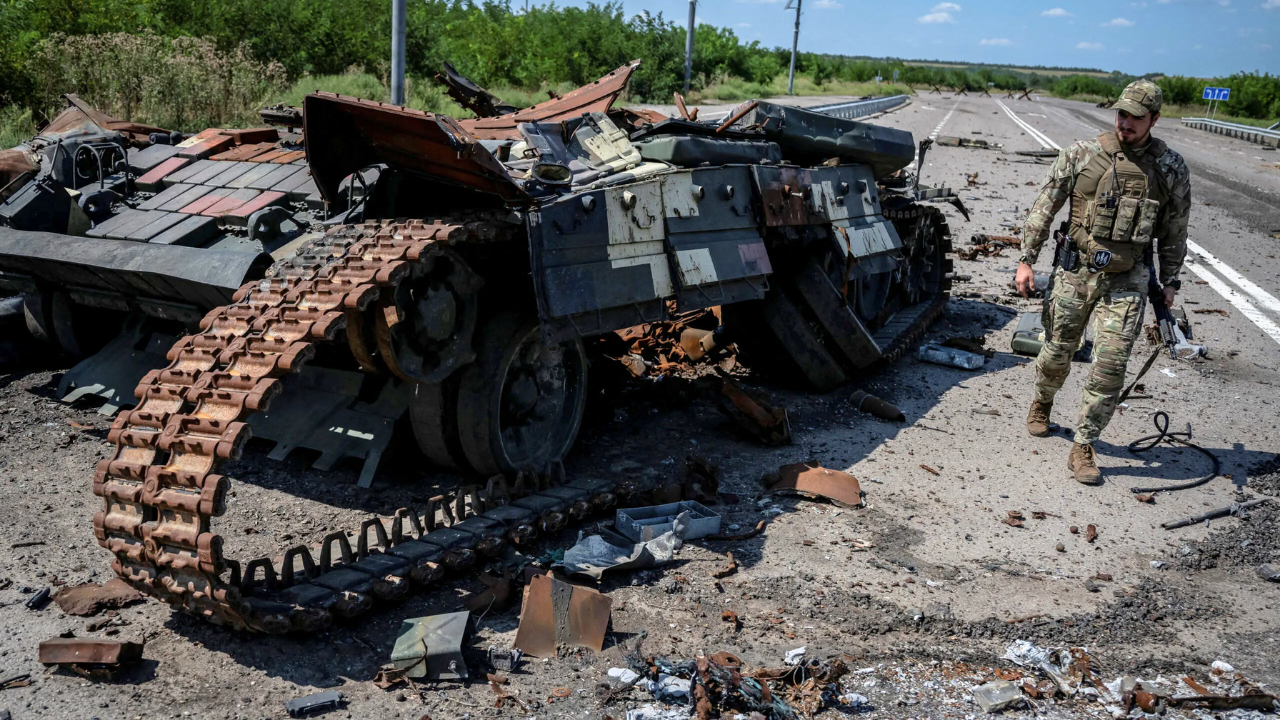
Russia is embroiled in a war of attrition, and its budget shows the scars. Social services and economic development have been sacrificed, putting immense pressure on everyday life and eroding the foundation of future prosperity.
Government spending has surged to unprecedented levels, projected to reach about 41.5 trillion roubles (roughly $415 billion), and defense and internal security devour over 41% of this total.
War Over Welfare
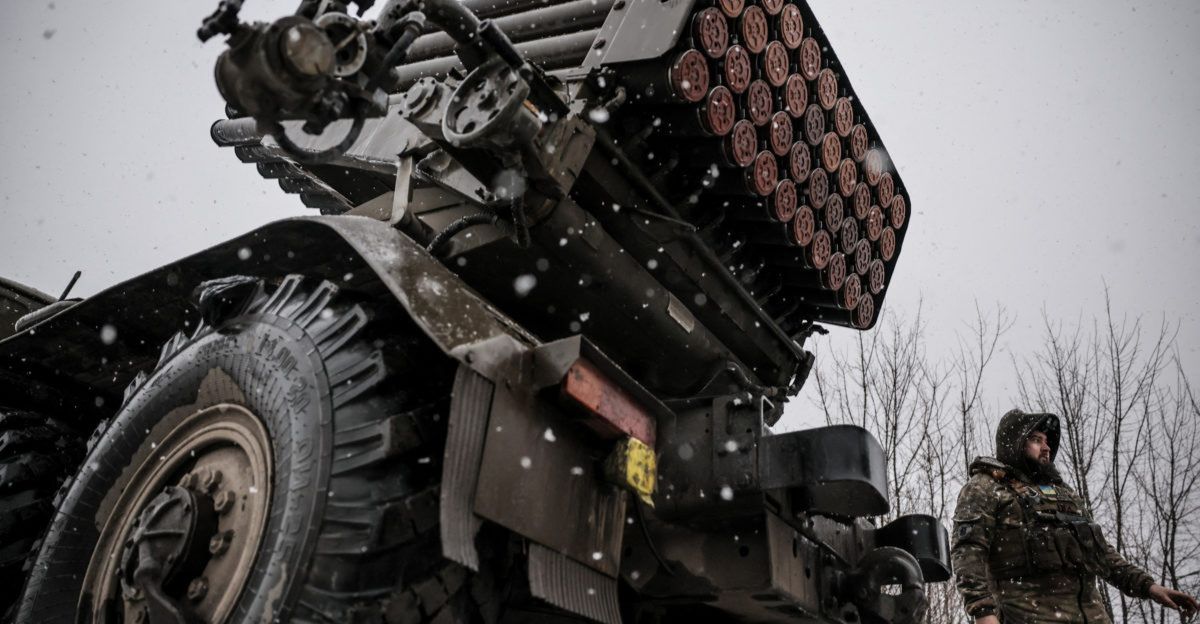
The battle for Ukraine is costing Russia more than territory, it’s draining the nation’s resources. While past budgets allowed for more balanced increases in civilian sections, the persistence and uncertainty of the war have forced the Kremlin to double down on military outlays.
In reality, this means citizens face reduced social benefits, declining healthcare support, and stagnant or shrinking public investment in education. “We cannot cut spending on national defence and … in all likelihood, we will have to increase it,” said Anatoly Artamonov, head of the upper house of parliament’s budget committee,
Classified Spending
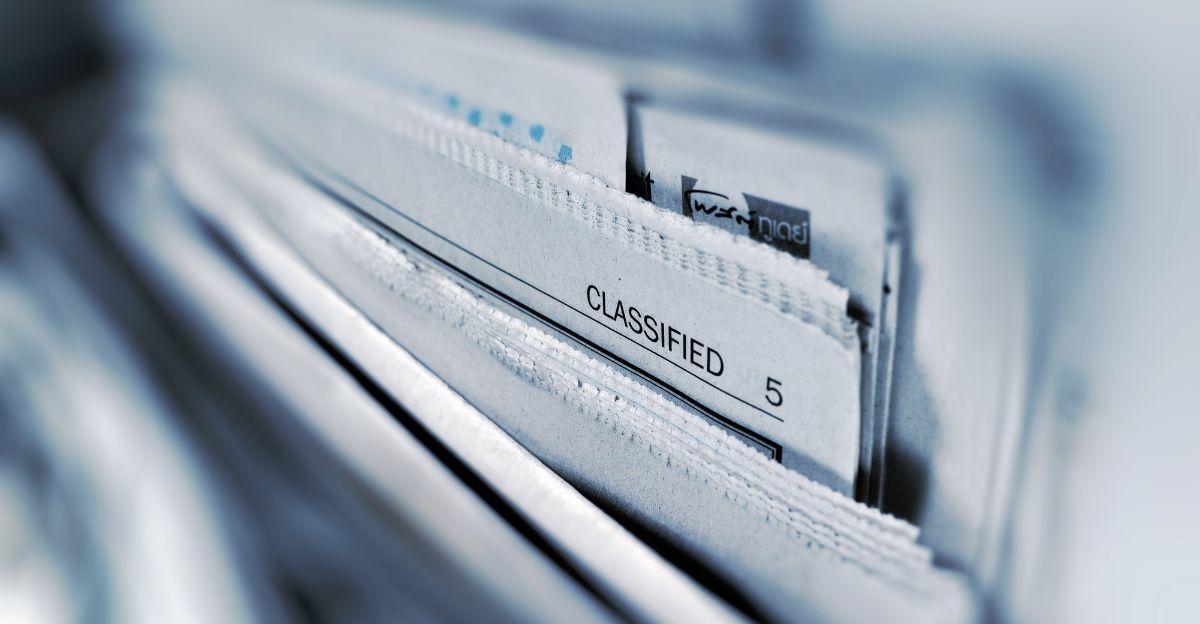
Nearly 30% of Russia’s federal budget for 2025 is classified, meaning the exact allocations are not published or are obscured within other budget chapters. These funds primarily serve secretive military programs, intelligence operations, and defense-related activities essential for sustaining prolonged warfare and strategic advantage.
SIPRI analysts emphasize that budget transparency has diminished significantly as the Kremlin prioritizes war readiness over public accountability, leading to concerns about unchecked military spending and potential inefficiencies or corruption.
The Military Machine’s Appetite
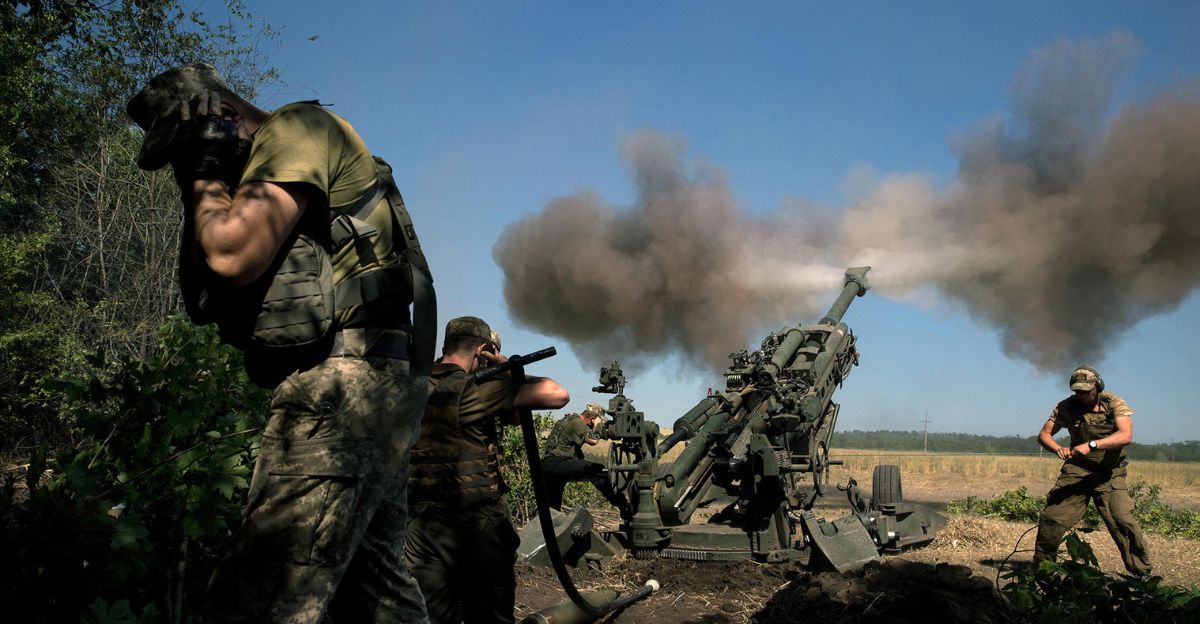
Defense spending has reached 7.2% of GDP, with actual figures possibly exceeding official estimates if fighting remains intense. Russia’s leadership is committed to keeping the military supplied, regardless of inflation or the ruble’s collapse.
A significant part of this funding supports weapons procurement, logistics, and rising payrolls for soldiers, especially those on the front lines, who now command post-Soviet record salaries.
Sacrificing Civilian Growth
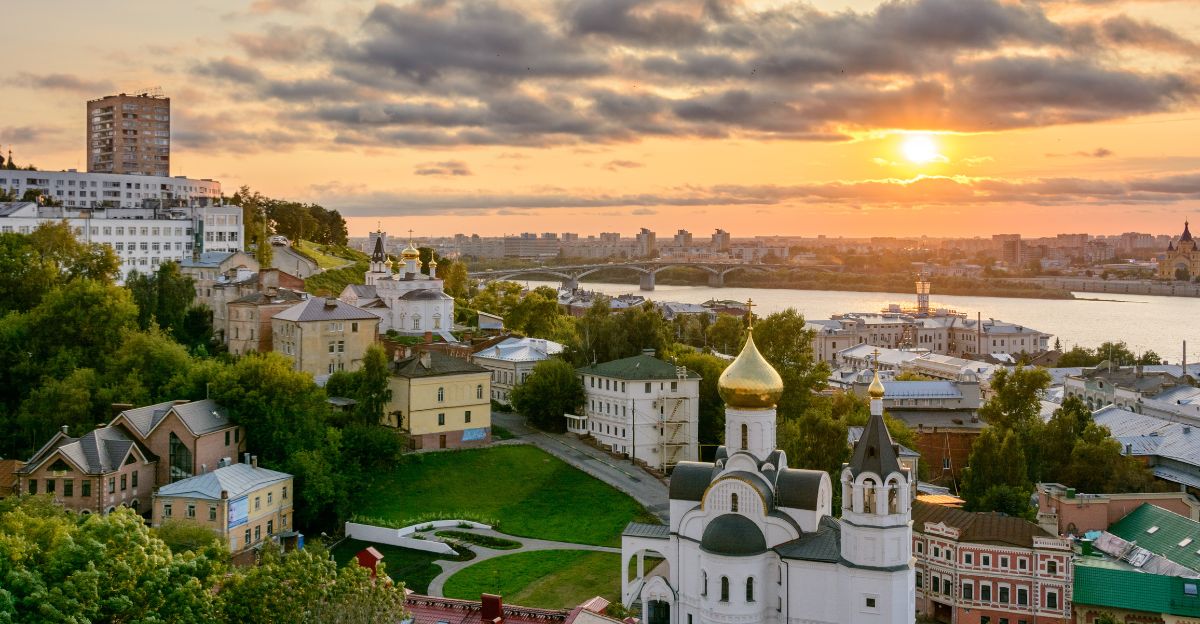
Civilian industries that once thrived on consumer demand, like electronics, automotive, and household goods, are stagnating or in decline because government procurement of war materiel drains financial capital and skilled labor.
“Russia’s economy is struggling under the weight of high interest rates and the ongoing war effort,” said Liam Peach, senior emerging markets economist at Capital Economics. “A prolonged period of weak growth lies in store.”
Economic Stagflation Looms
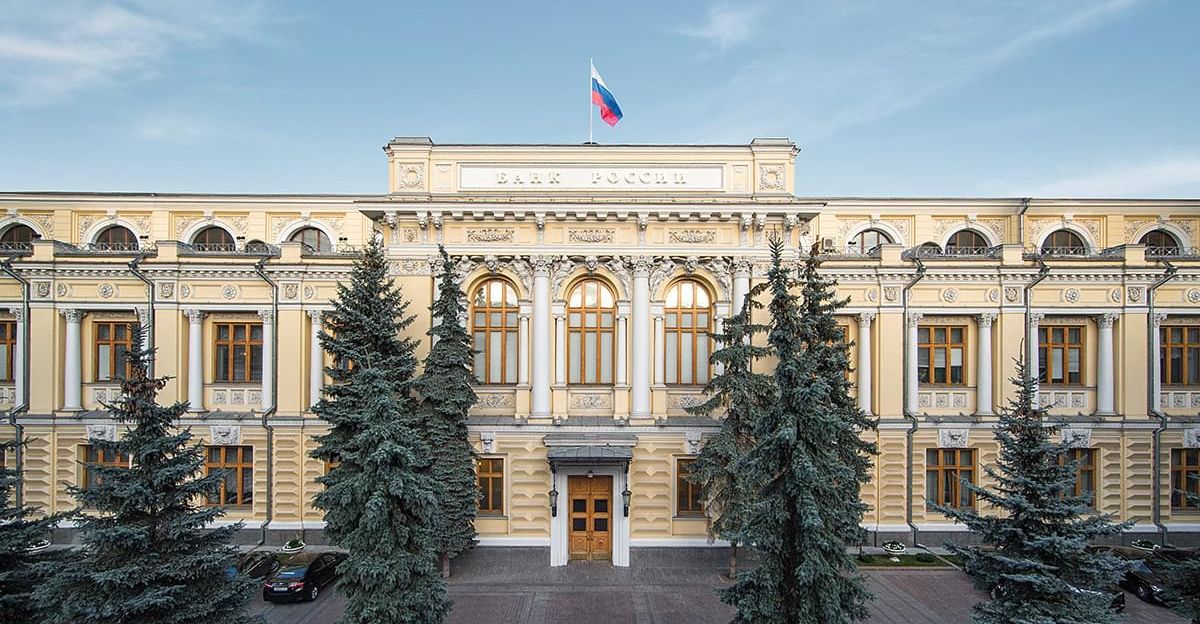
Annual inflation is ranging between 10% and 12%, while industrial output growth in February 2025 dropped to just 0.2% year-on-year, a sharp fall from previous years. This stagnation isn’t merely statistical, Russian citizens are seeing the direct impact as wages lose value, goods become less affordable, and economic expansion outside of the defense industry grinds to a halt.
“The central bank is in no hurry to lower the key rate, because the budget deficit may be higher than planned,” said a senior source familiar with finance ministry plans.
Sanctions Bite Harder
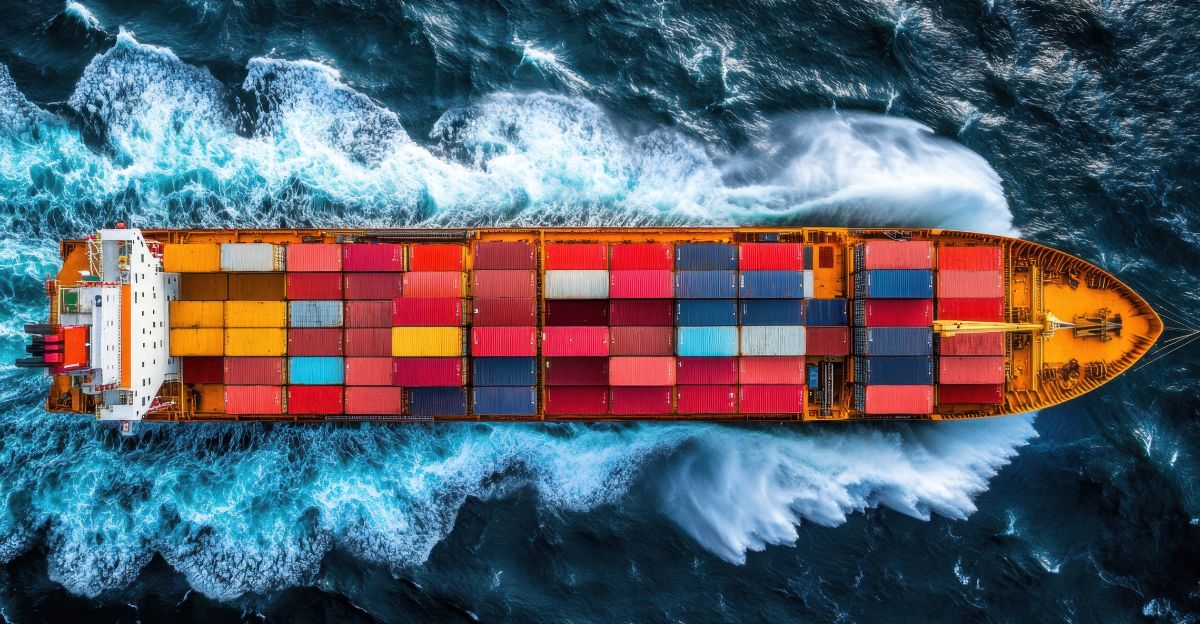
As of August 2025, thorough enforcement of oil price caps and trade embargoes has slashed Russia’s export revenues by 11%, dramatically undercutting the state’s ability to finance both war and welfare.
The longer sanctions persist, and the more effectively they are enforced, the greater the risk that shortages will expand from sophisticated microchips and machinery to bare essentials, threatening systemic crisis by 2026.
The People Pay
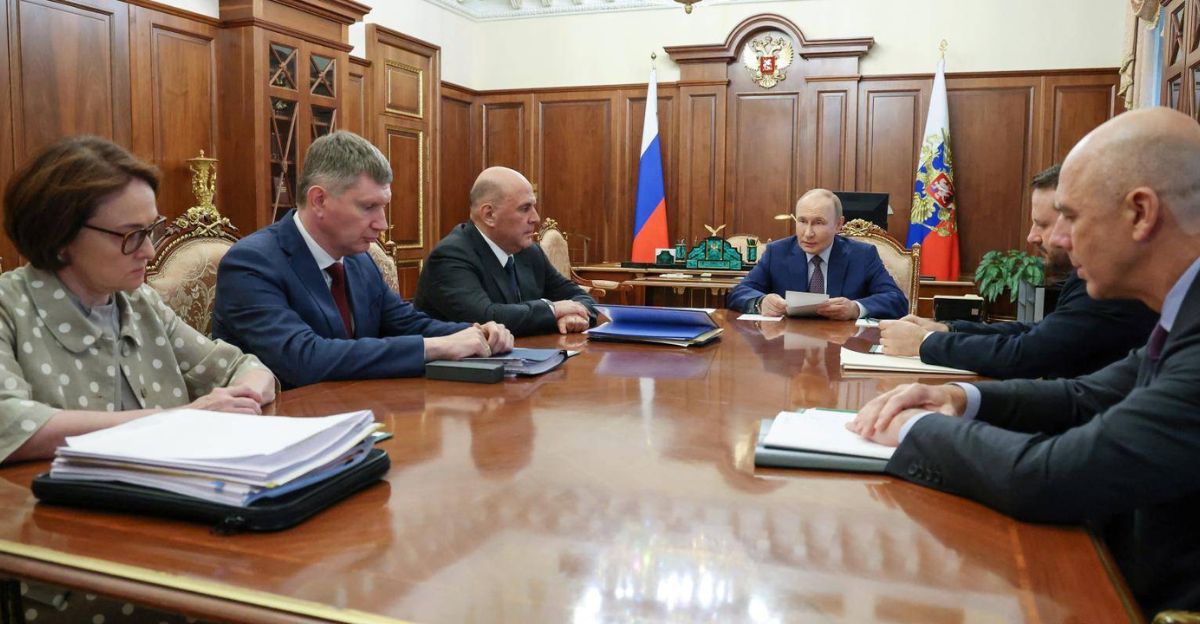
Russia plans to raise its value-added tax (VAT) from 20% to 22% starting in 2026, directly affecting the cost of living for millions of ordinary citizens. This increase is intended to help close a widening budget deficit exacerbated by soaring military spending.
“VAT may affect company financial results. Its impact on inflation is estimated at around 1%, which has been accounted for in wage and social payment indexation projections,” said Finance Minister Anton Siluanov.
Shrinking Safety Net
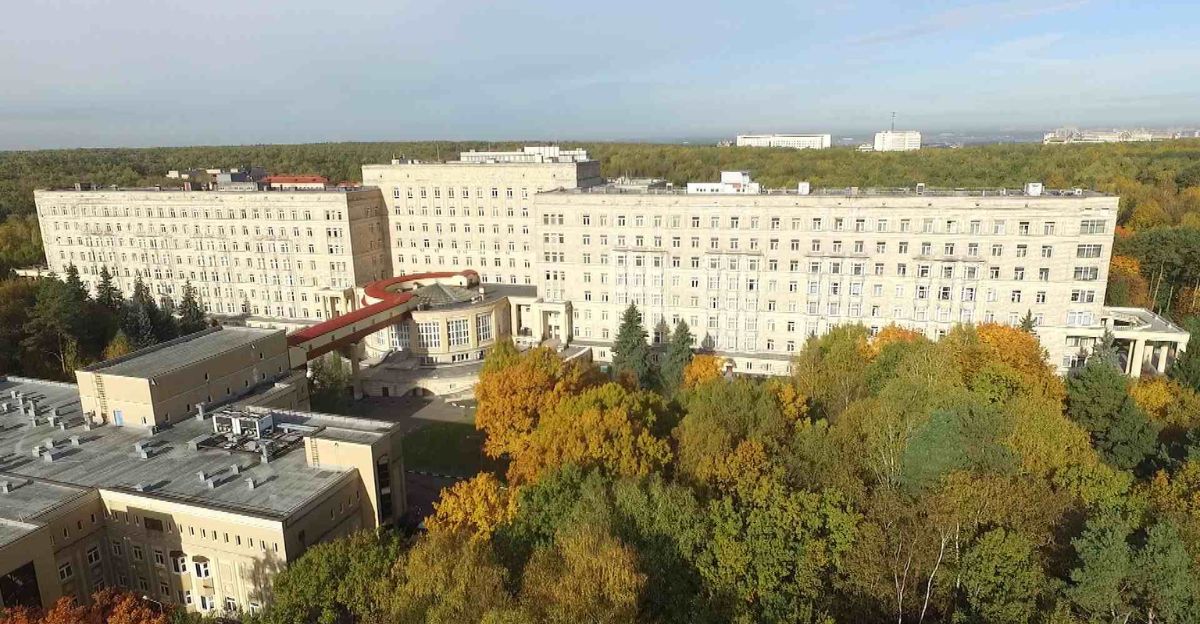
Pensions, education, and health budgets are slashed, with defense swallowing double their collective share. This strategic budgetary shift disproportionately impacts vulnerable groups like the elderly, children, and disabled people, who increasingly rely on a diminishing pool of resources.
The Labor Squeeze
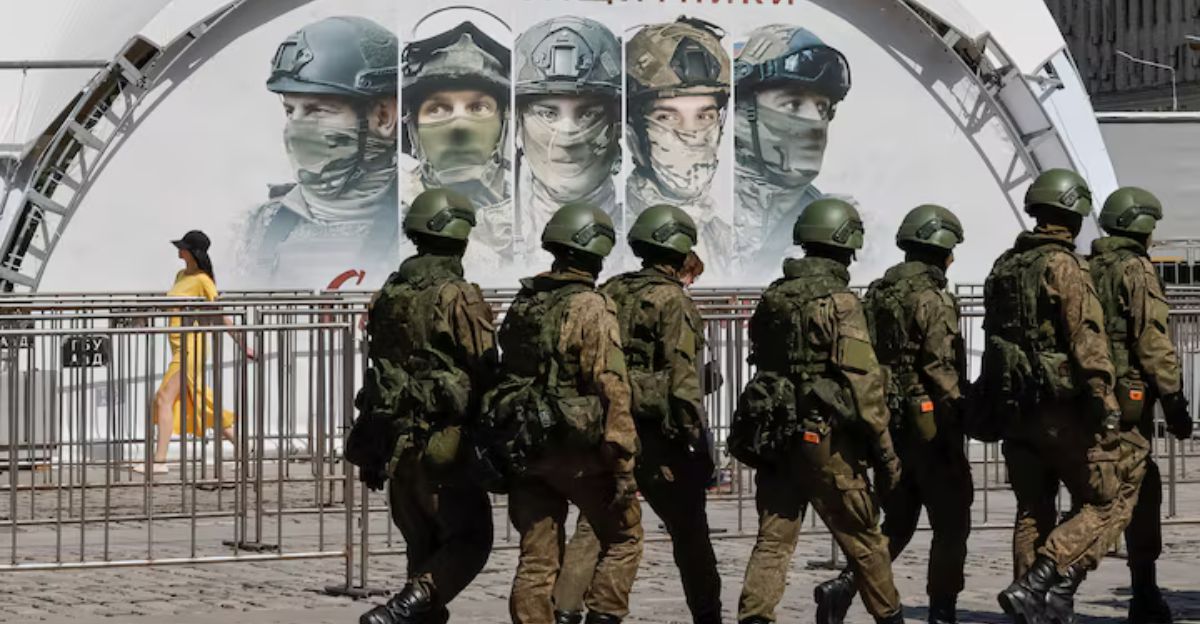
The defense industry, flush with government cash, has risen to dominate labor demand, boosting wages significantly, up 30–50% annually, far outpacing inflation. This spending spree supports a war effort that requires millions of soldiers and workers, but comes at a steep cost.
Big sectors like coal, railways, and automotive have slashed jobs or reduced hours, undermining broader economic stability and shrinking the domestic market as consumer purchasing power falls sharply.
Technological Decay Accelerates
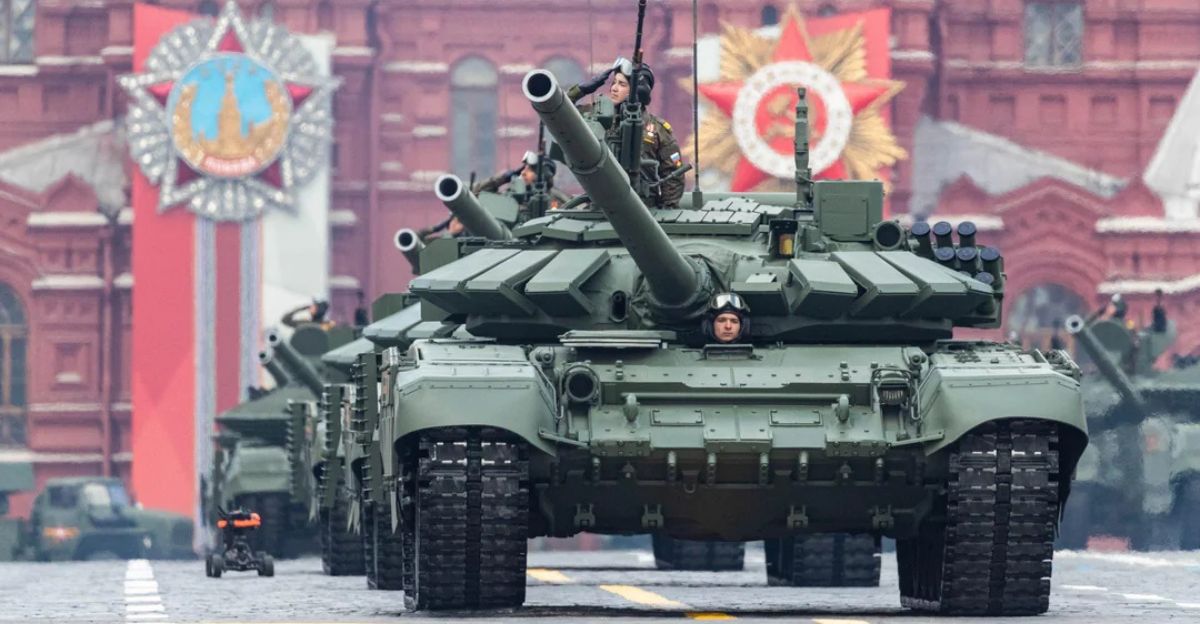
The country’s military-industrial base is buckling under the pressure of international sanctions, which have prevented Russia from building genuinely new, technologically advanced platforms.
Instead, the Kremlin is forced to rely heavily on upgraded versions of Soviet-era weapons and legacy designs, retrofitting old tanks, planes, and missiles instead of developing state-of-the-art replacements.
The Mercenary Economy
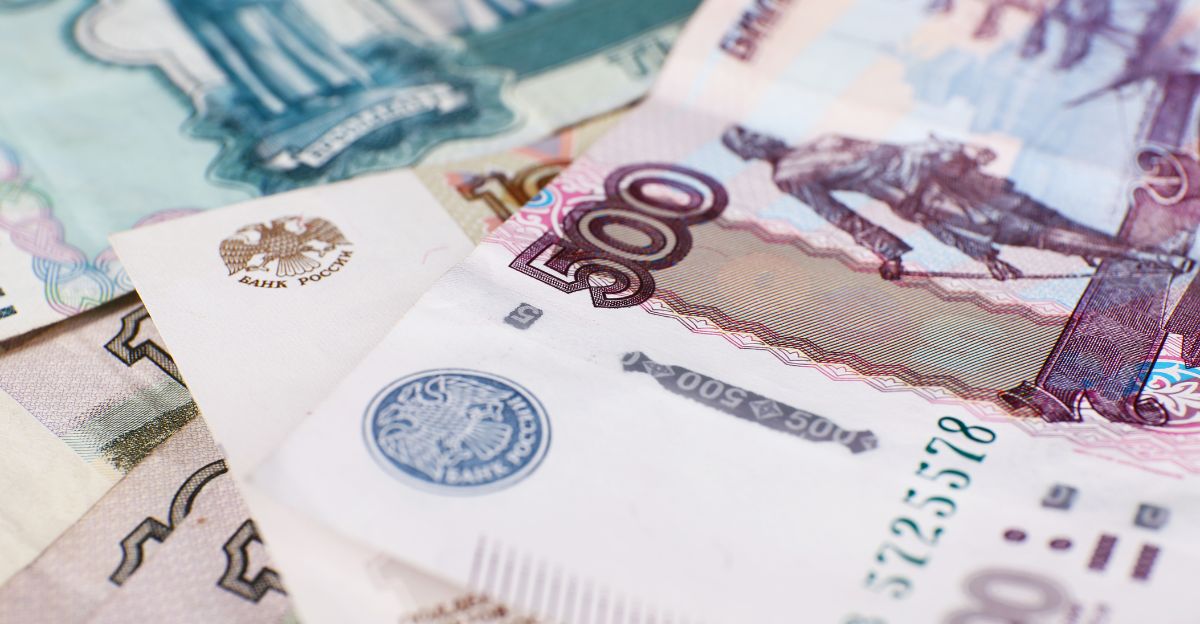
Russia’s war economy is now driven by record-breaking payments and bonuses that are used to recruit and retain soldiers for the front lines. Monthly salaries for contract soldiers have skyrocketed to at least 205,000–210,000 rubles (about $2,600–$2,800) per month.
When factoring in recruitment bonuses and additional hazard pay for combat roles, a new contract soldier can expect a total annual income upwards of 4.5 million rubles (over $50,000), which is four to five times higher than the average annual wage in Russia.
Currency Under Pressure
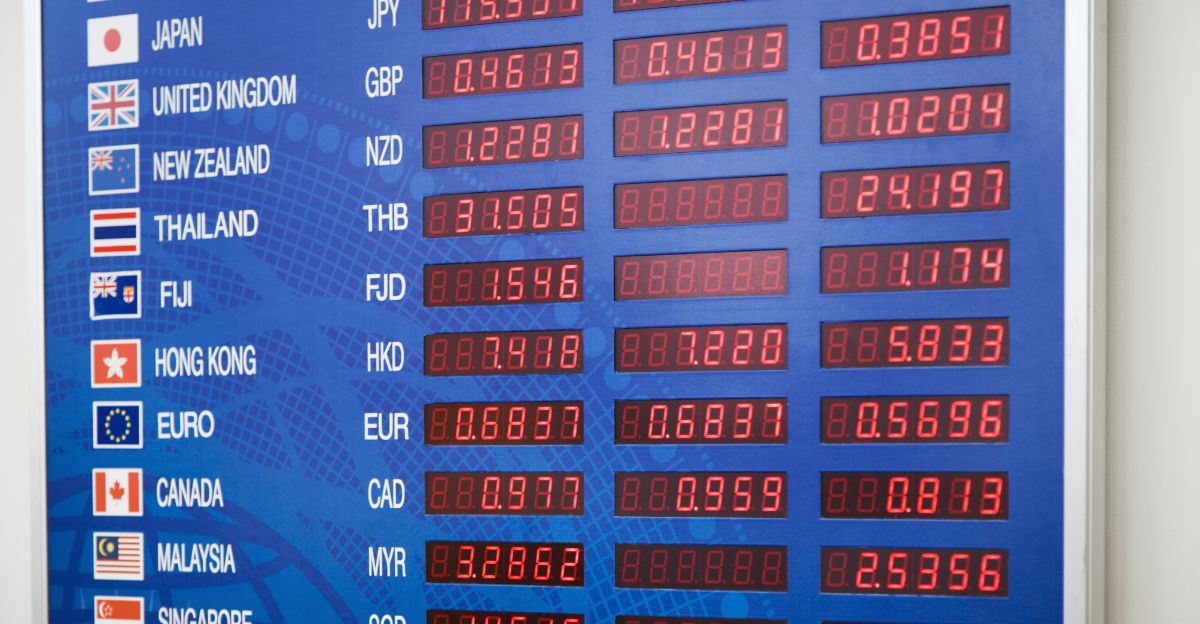
The ruble’s value keeps falling as budget pressures mount, making imports and living costs soar. The ruble traded around 83–84 to the U.S. dollar in early October 2025, reflecting a significant weakening over the past year.
Analysts forecast a decline of up to 20%, with the ruble predicted to reach 100 to the dollar within the next 12 months if new U.S. sanctions materialize.
A Budgetary Cliff
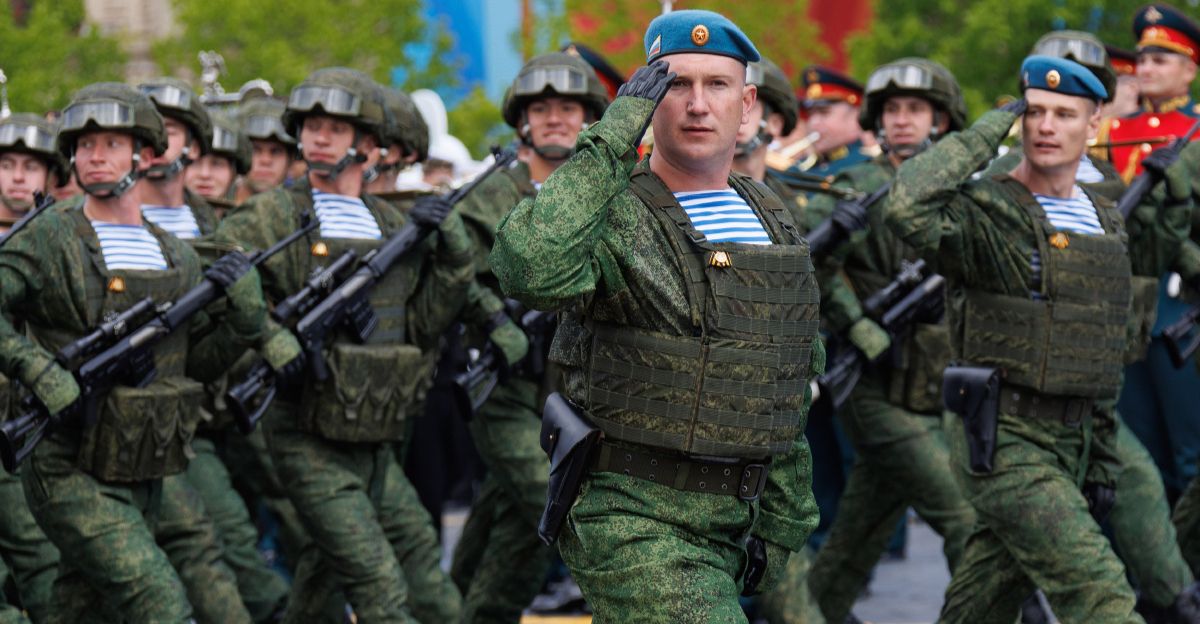
If current trends continue, Russia risks wide-scale shortages in consumer goods, medicine, and technology by 2026. Interest rates are high, borrowing is expensive, and private sector activity is displaced by state demands, signs of a chronic, deepening fiscal crisis that will test the resilience of the Russian economy across all spheres.
The Myth of Fortress Russia

The Kremlin has a longstanding claim that the Russian economy is resilient enough to withstand international sanctions, internal pressures, and isolation from global markets. Initially, Russia appeared to defy expectations when, after invading Ukraine in 2022, the widely anticipated economic collapse did not materialize.
Instead, government interventions, redirected trade to non-Western partners, and a surge in energy revenues enabled the country to maintain a semblance of stability. The “fortress” has become a zone of slow-motion decline, with mounting deficits, diminished innovation, and rising public discontent, a myth that Russia may not be able to sustain much longer.
The Coming Crunch
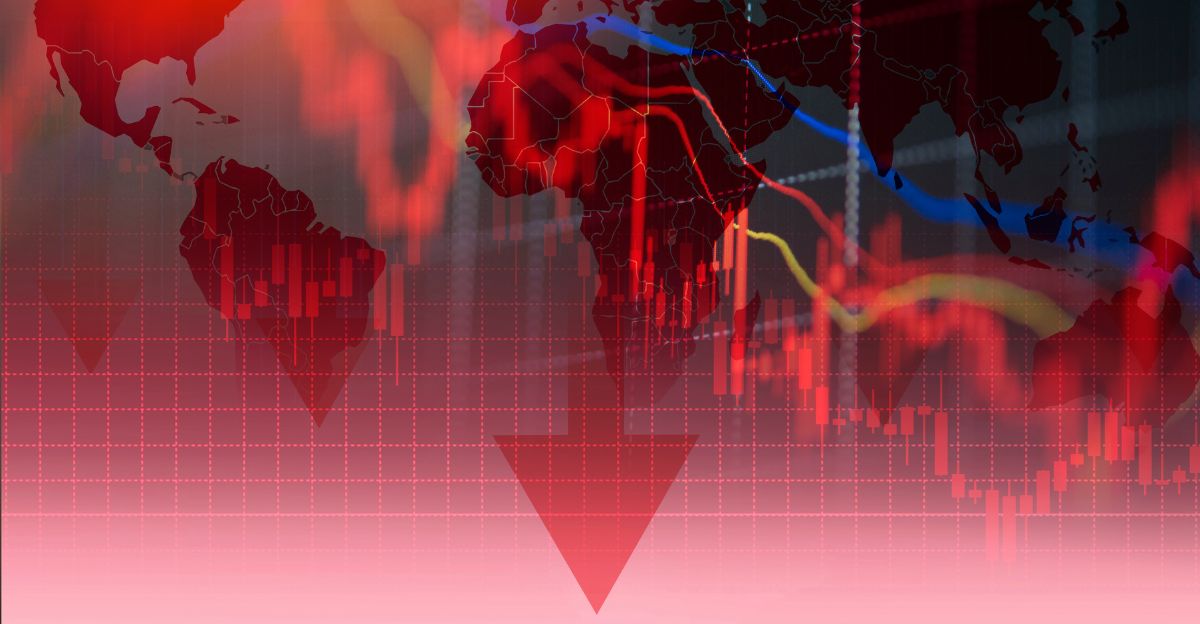
Forecasts show that after a brief growth spurt driven by wartime spending, Russia faces economic cooling with GDP growth slowing to around 1.3% in 2026, well below the pace needed to fund both military and social obligations.
Despite a nominal reduction in defense spending for the first time since 2022, military and security outlays will still consume nearly 38% of total federal spending, sustaining a militarized economy that primarily benefits sectors linked to state orders and war production.
War Above All
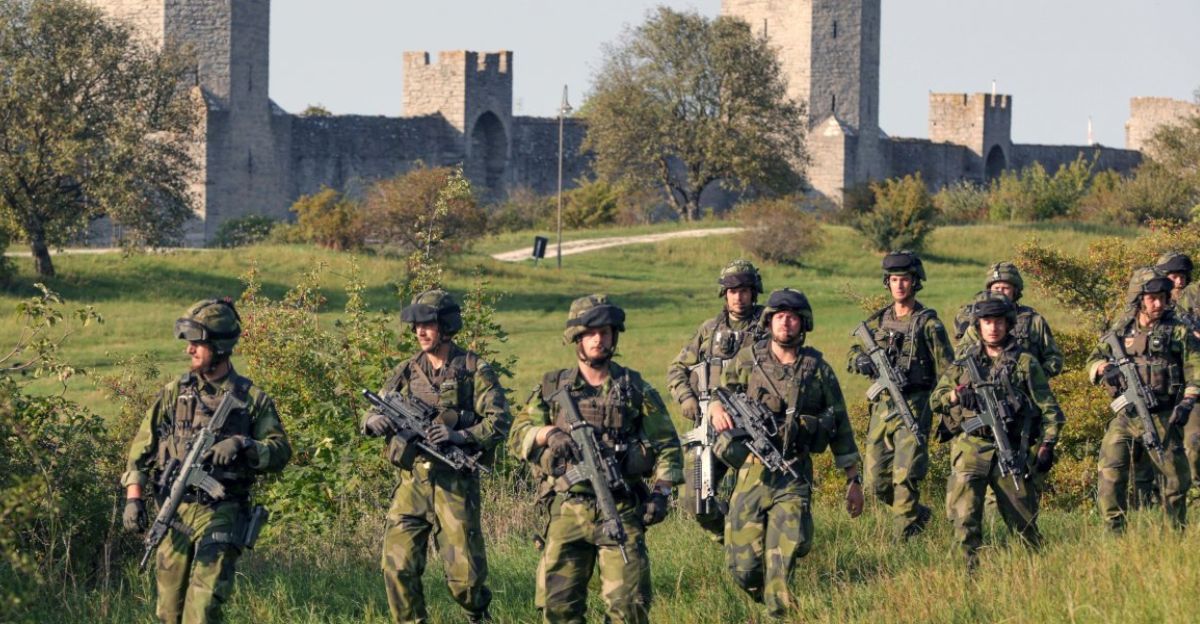
The Kremlin’s budgetary decisions reveal a willingness to sacrifice economic and social stability to sustain the war. Funding for social programs, pensions, and civilian infrastructure shrinks as military expenses rise. Much of the military spending remains partially concealed within classified budget segments, masking the true scale of resources siphoned to the armed forces.
Despite pressure on the economy, Russia’s leadership is prioritizing an extensive military campaign over domestic welfare or economic diversification.
Citizens’ Discontent Grows
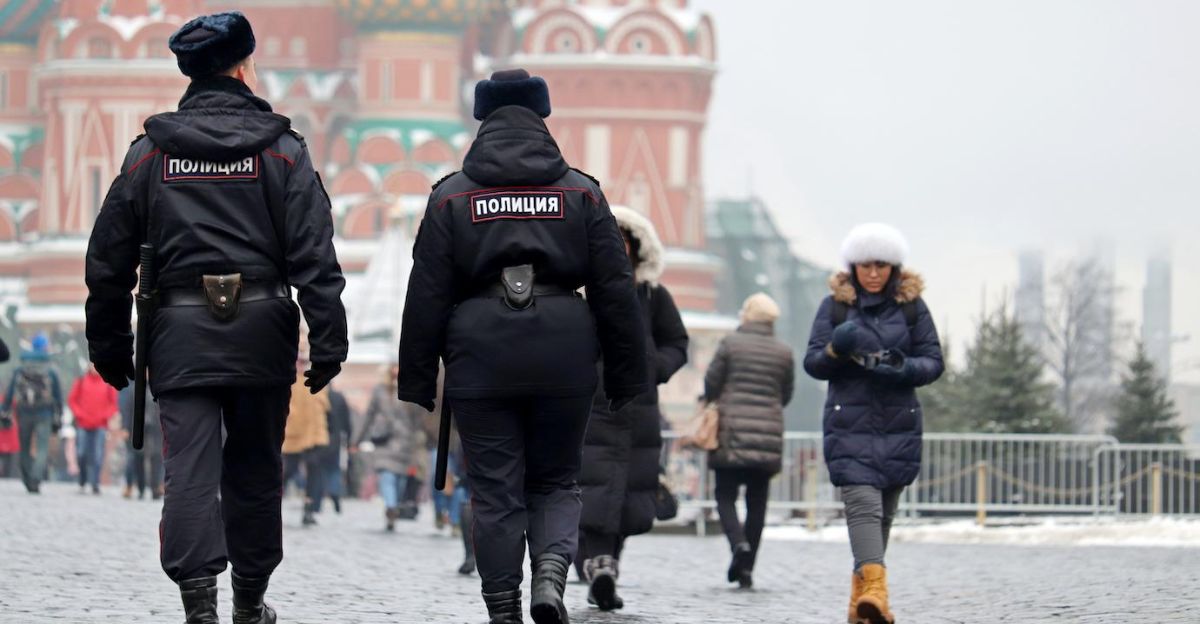
As inflation climbs, labor shortages worsen, and social programs falter, many Russians feel the squeeze of policies that favor war spending over societal needs. According to sources close to the presidential administration, the Kremlin is increasingly worried that coverage of rising military spending will trigger negative reactions among citizens, leading to declining approval ratings.
For this reason, the Russian state and pro-Kremlin media have received specific instructions to downplay budget changes, avoiding discussions about war spending or tax hikes.
The Global Context
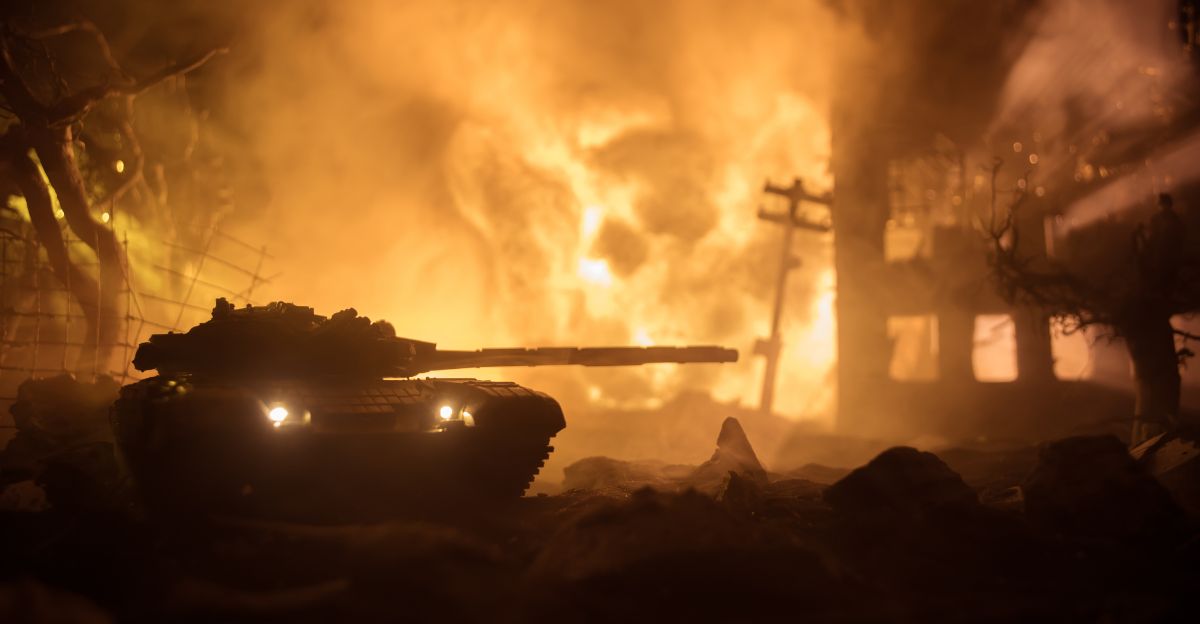
While Russia spends more on its military, other countries are also boosting defense budgets, but few face such lopsided priorities. Russia remains among the top five military spenders globally, alongside the United States, China, Germany, and India.
“The world is spending far more on waging war than on building peace,” said the UN Secretary-General António Guterres.
The Year Russia Runs Dry
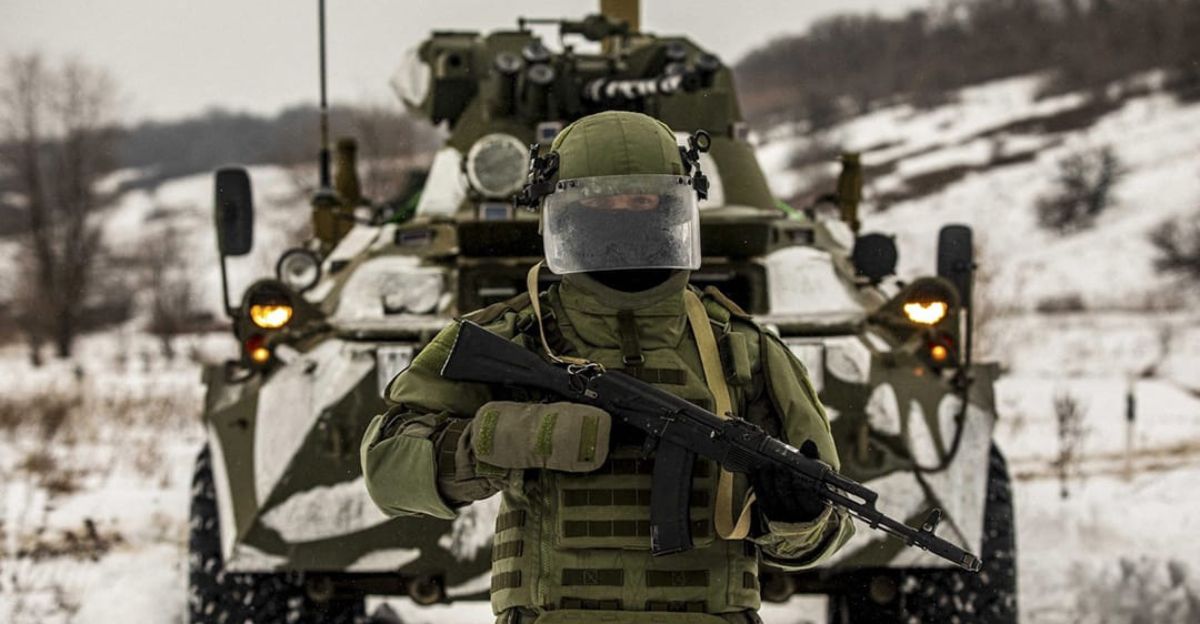
By the middle of 2026, Russia’s liquid reserves in its National Wealth Fund (NWF) are expected to be nearly gone, leaving only assets such as gold and yuan, which are much harder for the government to use in a crisis. Economic growth has slowed to near zero, and multiple sectors outside defense are in decline.
The Ministry of Economic Development’s forecast for GDP growth in 2026 is just 1.3%, marking a managed stagnation that masks real distress. Unless there is a dramatic shift in policy, peace, or foreign support, by 2026, Russia faces the prospect of running out of not just money but the means to sustain its military, civilian economy, and population demands.